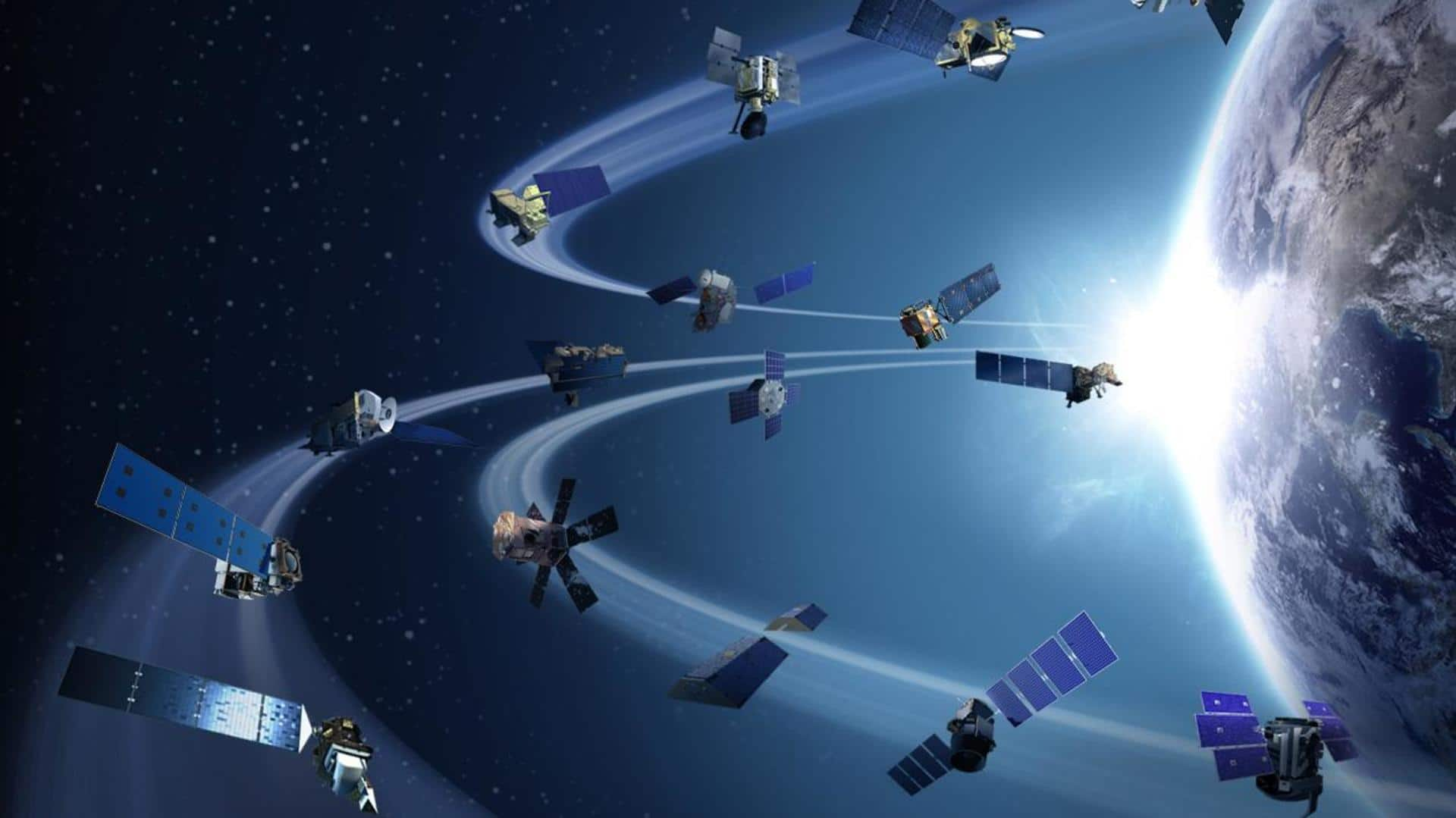
Why are astronomers rallying against increasing launch of low-Earth satellites
What's the story
Astronomers have expressed concerns over the mounting light pollution due to the increasing number of satellites orbiting Earth.
Since 2019, satellites in low Earth orbit (LEO) have more than doubled when SpaceX launched the first "mega-constellation," which comprises thousands of internet satellites.
Scientists say current efforts are mitigating the impact of light pollution but stricter regulations are needed to solve the problem.
Context
Why does this story matter?
An article, published in Nature, is encouraging scientists to "fight tooth and nail" to protect the night sky from increasing light pollution.
For over six decades now, astronomers have raised concerns that observations made by ground-based telescopes have been increasingly damaged.
And how does that impact us? Brighter night skies could cause us to miss out on some of the important celestial events.
Pollution
5% of recent Hubble images are streaked by Starlink satellites
Since at least 1957, light pollution caused by artificial lighting on Earth and satellites cramming the LEO, have been interfering with astronomical observations.
Just earlier this month scientists found out that 5% of recent images taken by the Hubble Space Telescope were streaked by SpaceX's Starlink satellites.
Starlink, a broadband mega constellation, comprises over 3,700 operational satellites and the number is bound to increase.
Impact
The article calls on scientists to demand stricter regulation
Earlier this year, the US National Science Foundation (NSF) and SpaceX agreed to reduce satellite interference in radio astronomy. Such agreements are merely mitigation strategies but might not solve the problem, highlights the Nature article.
The article also points out that it is "naive to hope that the skyrocketing space economy will limit itself" unless "forced to do so."
Example
Brighter night skies will affect observations of an observatory
In a study, scientists assessed how a brighter night sky would affect the observations of an observatory.
The investigation suggested that for Vera Rubin Observatory, which is currently under construction in Chile, the darkest part of the night sky will become 7.5 % brighter over the next decade.
This would reduce the number of stars the observatory would be able to capture by 7.5%.
LEDs
LED lights are also to blame for light pollution
Much of the light pollution can also be attributed to light-emitting diodes (LEDs), which are considered an efficient solution to save energy and money.
For instance, an LED lamp post that has a lifespan of 100,000 hours will last for 24 years, roughly four times more than high-pressure sodium lamps that were previously used, points out the Nature paper.
Impact
The impact is considered an "unprecedented global threat to nature"
The impact of worsening light pollution is not limited only to astronomers and space observatories.
"The loss of the natural aspect of a pristine night sky for all the world, even on the summit of K2 or on the shore of Lake Titicaca or on Easter Island is an unprecedented global threat to nature and cultural heritage," highlighted the article.